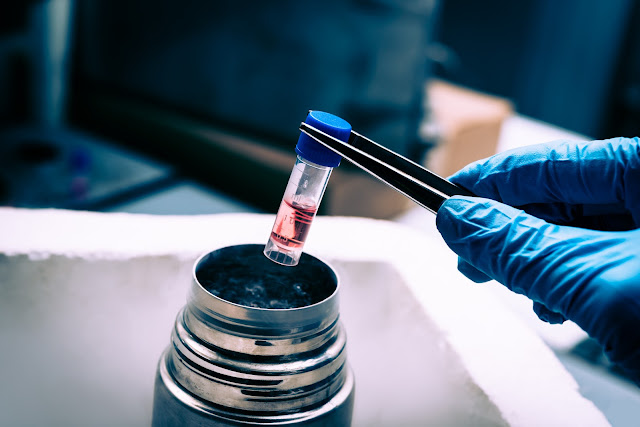Preserving Life: The Art and Science of Tissue Banking
 |
| Tissue Banking |
Tissue banking is a remarkable field that combines art and
science to preserve life in extraordinary ways. It is a process that involves
the collection, storage, and distribution of human tissues for various medical
purposes. This vital practice plays a crucial role in advancing medical
research, improving patient outcomes, and offering hope to those in need of
life-saving treatments. At its core, tissue preservation is an art form that
requires meticulous attention to detail and a deep understanding of the human
body. Highly skilled professionals, known as tissue bankers, are entrusted with
the responsibility of preserving and maintaining the integrity of donated
tissues. They carefully process, catalog, and store tissues in specialized
facilities, ensuring their viability for future use.
According to Coherent Market Insights, The global
tissue banking market is estimated to be valued at US$ 1.63 billion in 2022 and is expected to exhibit
a CAGR of 10.8% during the forecast
period (2022-2030).
The science behind tissue banking is equally fascinating.
Advances in technology and cryopreservation techniques have revolutionized the
field, allowing tissues to be stored for extended periods without losing their
functionality. Cryopreservation involves freezing tissues at ultra-low
temperatures, effectively preserving their cellular structure and minimizing
damage. This breakthrough has opened doors to ground breaking research, organ
transplantation, and regenerative medicine. Tissue preservation has a profound
impact on various medical fields. In the realm of transplantation, it provides
a lifeline for patients awaiting organ or tissue transplants. By preserving
tissues such as heart valves, corneas, skin grafts, and bone grafts, tissue
banks ensure a readily available supply for surgical procedures. This not only
saves lives but also enhances the quality of life for those in need.
Moreover, tissue
banking plays a pivotal role in medical research. Scientists and
researchers rely on tissue samples to study diseases, test new therapies, and
develop innovative treatments. By accessing well-preserved tissues from tissue
banks, they can unravel the mysteries of diseases, explore potential cures, and
advance medical knowledge. The art and science of tissue preservation also
extend their reach to regenerative medicine. Stem cells, which can
differentiate into various cell types, hold immense potential for tissue
regeneration. Tissue banks store and provide these valuable stem cells,
facilitating revolutionary research and therapies for conditions such as spinal
cord injuries, heart disease, and Parkinson's disease.
In conclusion, tissue preservation is a remarkable field
that blends art and science to preserve and enhance human life. Through
meticulous processes and cutting-edge technology, tissue banks ensure that
donated tissues remain viable and accessible for medical advancements.



Comments
Post a Comment